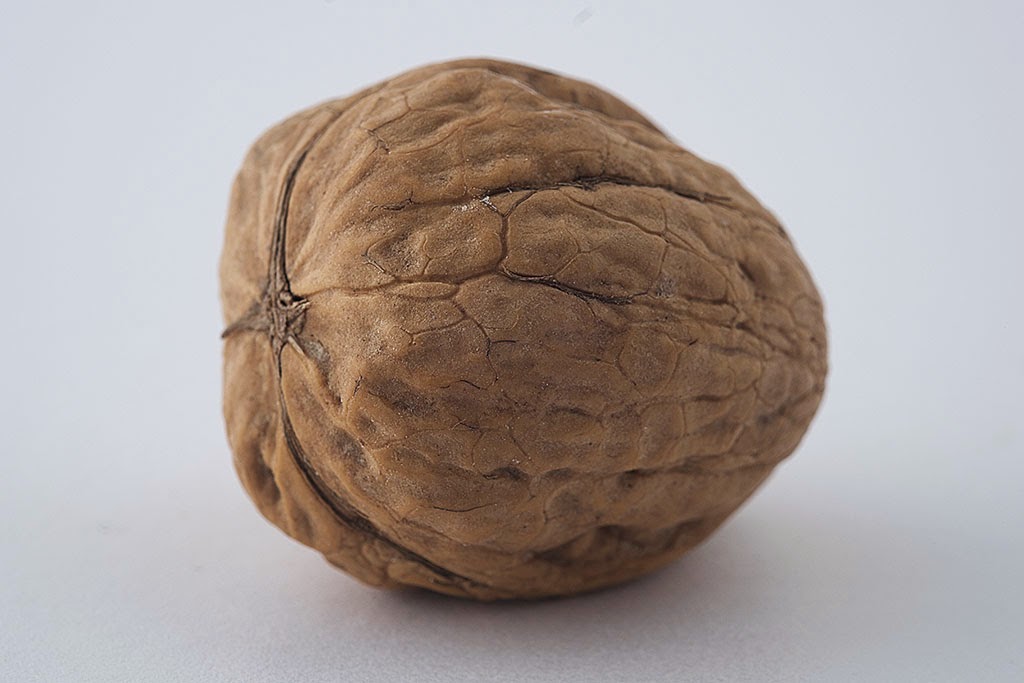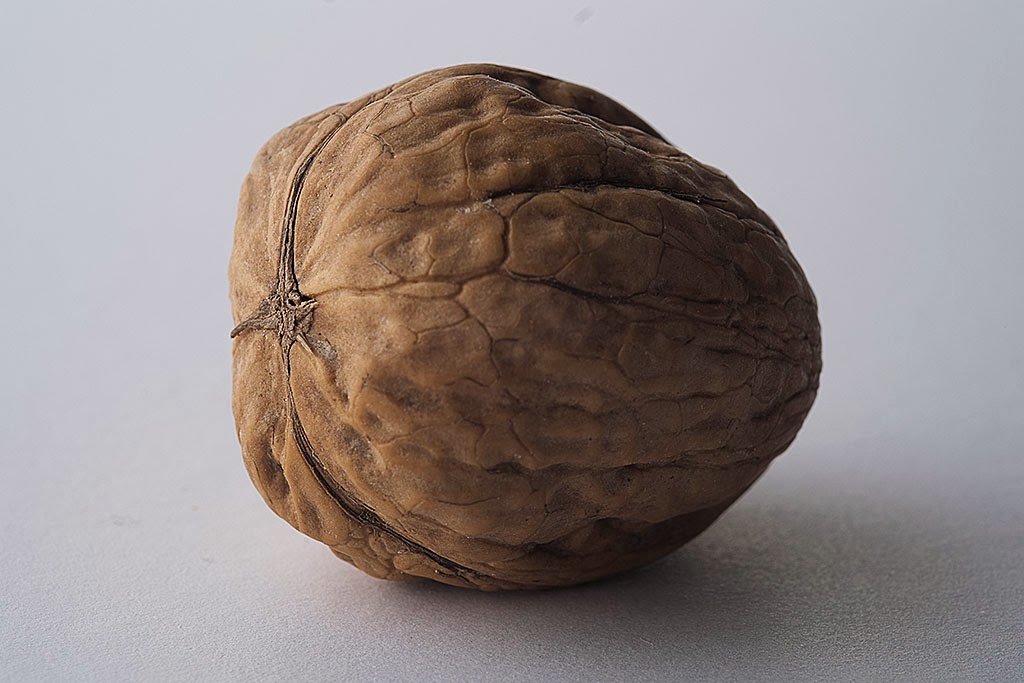I visited The Photography Show at Birmingham NEC today, where I heard two interesting talks by contemporary travel/documentary photographers of National Geographic fame. First, Steve McCurry and then Joe McNally.
McCurry is perhaps most famous for his 'Afghan girl' image, which appeared on the front cover of National Geographic in 1985, see
here. He related the many challenges he had faced in travelling to some of the most dangerous places in the world, and how most of his street portraits were made by selecting a suitable back-drop and natural lighting, and then simply waiting for an interesting subject to come along.
But he also showed himself to be a master of subtle artificial light effects in his shots for the Pirelli calendar, in which he also broke away from tradition and avoided nudity. He preferred the use of constant lighting rather than flash as he like's to 'see the light'.
He also gave some good examples of how his imagery had helped to communicate the plight of people in crisis-ridden countries and had directly led to some of them receiving help.
Joe McNally is well known as an exponent of on-location artificial lighting (see in particular his book The Hot Shoe Diaries), but over the course of the hour also revealed himself to be modest, self-deprecating and very funny. His tales of crazy schemes dreamed-up and then bought into by editors were at times hysterical, as was his wickedly ruthless humour at the vagaries of the world of journalism.
His more serious side came out when discussing his photographs of survivors of 9/11 World Trade Centre attacks. What he made clear is that he feels portraiture is all about being sensitive and building relationships, some of which he has sustained over decades.
During the question and answer session, McNally came out with a quote, which if I recall it correctly, goes something like this:
'As photographers.....or aim is to communicate with thousands of people who we shall never meet.....'
References
Newman, C. 2014.
A Life Revealed - National Geographic Magazine. [online] Available at: http://ngm.nationalgeographic.com/2002/04/afghan-girl/index-text [Accessed: 3 Mar 2014].
Mcnally, J. 2009.
The hot shoe diaries. Berkeley, CA: New Riders.
Joemcnally.com. 2014.
Joe McNally’s Blog. [online] Available at: http://www.joemcnally.com/blog/ [Accessed: 3 Mar 2014].


















